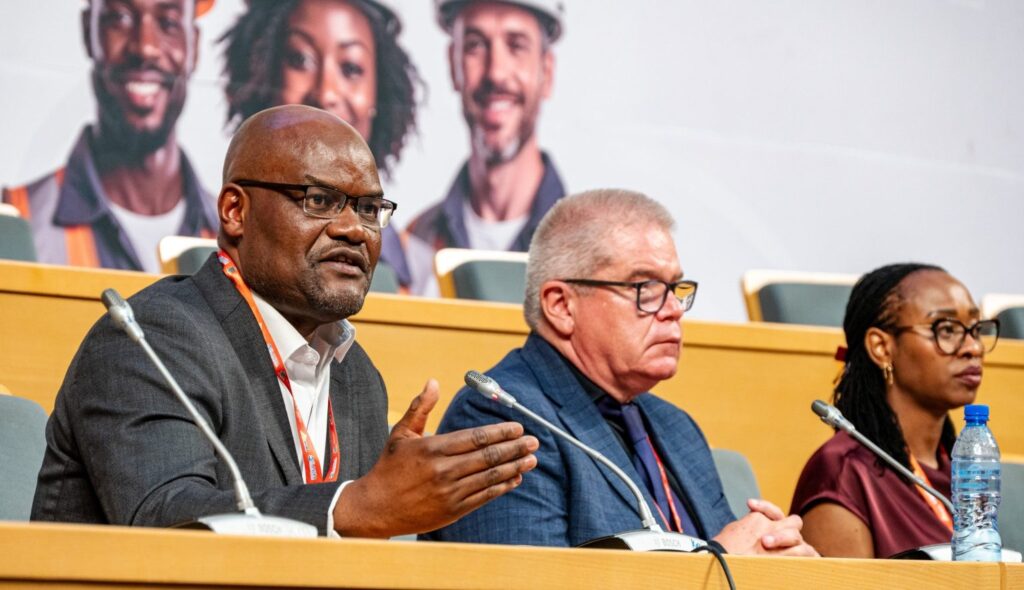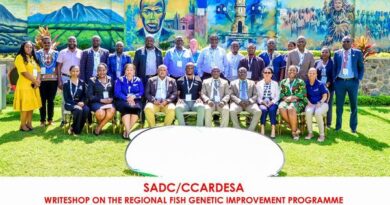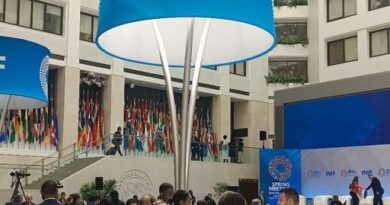FQM Outlines Strategic Roadmap for Zambia’s Three-Million-Tonne Copper Ambition
First Quantum Minerals (FQM) has set out a bold vision for Zambia’s mining sector: achieving three million tonnes of copper per year by 2032. Speaking at the Zambia Mining and Investment Insaka (ZAMII) 2025, FQM Country Director Anthony Mukutuma emphasised that ambition must be matched with strategy, sustainability, and community engagement to ensure lasting benefits for the nation.
Held under the theme “Unlocking Africa’s Wealth: Advancing Sustainable Mining, Beneficiation & Value Addition”, the Insaka provided a platform for industry leaders to discuss the future of Zambia’s pivotal mining sector.
“To produce three million tonnes annually, given declining ore grades—from over 2% two decades ago to around 0.4–0.5% today—we would need to mine approximately 815 million tonnes of ore, move 2.4 billion tonnes of waste, and construct tailings dams holding roughly 790 million tonnes,” Mr Mukutuma explained.
He highlighted that such operations are highly capital-intensive, with financing costs varying significantly between Western and Eastern-facing companies.
Mr Mukutuma highlighted the opportunity for Zambian businesses within the mining value chain, noting that managing waste alone represents an estimated US$16 billion in contracting opportunities. He also praised the government’s implementation of the Local Content Statutory Instrument, which aims to increase participation of Zambian companies across the sector.
Sustainable mining practices, he said, must place people and communities at the centre. “There is no point in supplying minerals for decades if communities see no tangible benefits,” he added.
Mr Mukutuma highlighted three critical pillars for the sector’s future: increased exploration, technology and innovation, and community engagement for security of tenure. FQM is already integrating autonomous drills, trucks, and remote sensing technologies to manage tailings safely and enhance productivity.
Highlighting the importance of preparing Zambia’s young population, Mr Mukutuma cited FQM’s Kwambula Trade School in Solwezi, which has trained over 544 youths, including 30 women graduates now employed in mines.
He stressed that digital and future-ready skills, including AI and automation, are vital to ensure the workforce can seize upcoming opportunities.
On environmental protection, he noted Zambia’s Environmental Protection Fund (EPF), which secures rehabilitation liabilities and incentivises continuous environmental management. FQM’s Kansanshi and Trident Mines have undertaken significant revegetation of tailings and waste areas over the years.
Mr Mukutuma concluded that the three-million-tonne target could translate into a US$30–40 billion mining value chain annually, up from the current US$2–3 billion. “Digital skills are not just about computers—they are about confidence, communication, and connection. We must prepare our youth so that when opportunity meets preparedness, they are ready,” he said.
FQM’s vision demonstrates that Zambia’s mining sector can combine ambition, sustainability, and community impact to create enduring economic and social value.



